Maintaining a sparkling inground pool can be a time-consuming chore. Skimming debris, scrubbing walls, and vacuuming the bottom can quickly eat into your relaxation time. This is where robotic pool cleaners come in! These innovative devices offer a powerful and convenient solution for keeping your pool clean, freeing you up to enjoy the cool water and sunshine.
Understanding Robotic Pool Cleaners
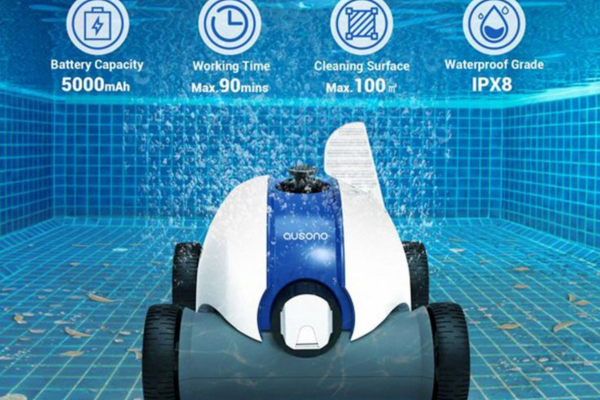
Robotic pool cleaners represent a significant advancement in pool maintenance technology. These devices automate the cleaning process, providing a hands-off solution for pool owners.
Definition of Robotic Pool Cleaners
Robotic pool cleaners are autonomous machines designed to clean pools with minimal human intervention. They are equipped with motors, filters, and software that enable them to navigate the pool’s surface and remove debris and dirt effectively. Their primary function is to maintain cleanliness and hygiene in swimming pools by vacuuming and scrubbing the pool floors, walls, and waterline.
How Robotic Pool Cleaners Work
Motorized Movement: These cleaners move independently across the pool’s bottom and sides thanks to electric motors.
Built-in Filtration System: Unlike traditional cleaners that rely on the pool’s filtration system, robotic cleaners have their own filters, which trap debris as they move.
Smart Navigation Systems: Many models are equipped with sensors and algorithms that map the pool’s dimensions to ensure thorough cleaning without unnecessary repetition. They can detect walls and obstacles, adjusting their path accordingly.
Automated Functions: Most robotic cleaners feature programmable timers and settings that allow users to customize cleaning schedules based on their needs.
Benefits of Using Robotic Pool Cleaners for Inground Pools
Efficiency: These cleaners significantly reduce the time required for pool cleaning. Their systematic cleaning patterns cover the entire pool area without leaving any spots.
Advanced Cleaning Technology: Equipped with fine and ultra-fine filters, robotic cleaners can remove both large debris and smaller particulates like algae and bacteria, improving water clarity and cleanliness.
Cost-Effectiveness: Although the initial investment might be higher than manual tools, the long-term savings in energy, reduced need for chemicals, and conservation of water make them economically advantageous. Personally, I’ve noticed a decrease in my pool’s operating costs since I started using a robotic cleaner.
Technical Specifications and Design of Robotic Pool Cleaners
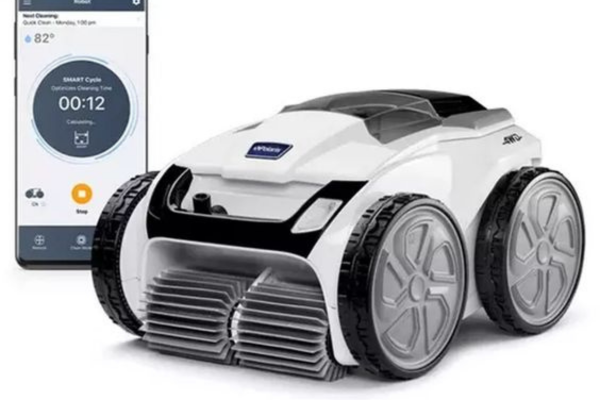
Design and Features of Robotic Pool Cleaners
ShapeWeight: Most cleaners are designed with a low-profile, streamlined shape to facilitate easy movement across the pool floor and up the walls.
Weight: They are generally lightweight to ensure they can be easily lifted in and out of the pool, yet heavy enough to maintain traction on the pool surface.
Usability Features: Features such as large, top-access filter canisters make it easy to remove and clean debris. Some models include swivel cables to prevent tangling and remote controls for manual navigation. From my own experience, these features significantly streamline the cleaning process and enhance user interaction with the device.
Operating Systems and Navigation Technology
Smart Navigation: Utilizing sensors and software, these devices can map the pool’s layout and identify the optimal cleaning path. This technology minimizes overlap and ensures complete coverage of the pool area.
Automated Systems: Automatic programming capabilities allow the cleaner to operate independently once settings are configured. Features like automatic shut-off and scheduled cleanings add to the convenience, as I have observed in my own scheduling routine.
Key Components of a Robotic Pool Cleaner
Motors: Dual motors are commonly used, where one motor drives the cleaner and the other pumps water through the filtration system. This dual functionality aids in efficient cleaning and propulsion.
Filters: Robotic cleaners contain one or more fine mesh filter bags or cartridges designed to trap dirt, debris, and even algae. Regular maintenance of these filters, as I have practiced, ensures optimal performance.
Brushes: Rotating brushes or rollers scrub the pool surface. The brushes agitate and dislodge stubborn dirt and algae, which is then sucked into the filtration system.
Performance and Maintenance of Robotic Pool Cleaners

Robotic pool cleaners are designed to optimize cleaning efficacy and simplify maintenance for pool owners, with variations across models in performance and durability.
Cleaning Performance and Efficiency
The cleaning performance of robotic pool cleaners varies depending on the model and the pool’s size and shape.
Pool Size Compatibility: Higher-end models are typically equipped with more powerful motors and larger-capacity filters, making them suitable for larger pools. They can navigate wide areas efficiently, reducing overall cleaning time.
Adaptability to Pool Shape: Advanced models come with sophisticated navigation systems that allow them to adapt to different pool shapes, including custom designs with curves and alcoves. From my experience, these systems prevent the cleaners from getting stuck and ensure every part of the pool is reached.
Recommended Maintenance for Robotic Pool Cleaners
Regular maintenance is essential to maximize the lifespan and effectiveness of a robotic pool cleaner.
Cleaning Filters: The cleaner’s filters should be cleaned after each use to prevent clogging and maintain suction efficiency. I personally ensure that the filter canisters are rinsed out under running water to remove all debris.
Brush Maintenance: Brushes or rollers should be checked for wear and debris accumulation. They need to be cleaned regularly and replaced as needed to maintain optimal scrubbing efficiency.
Proper Storage: When not in use, robotic pool cleaners should be stored in a cool, dry place out of direct sunlight to prevent damage to the components. I store my device in a covered area to protect it from the elements.
Durability and Warranty
Build Quality: Premium models are constructed with high-quality materials that are resistant to chemicals and sun exposure, enhancing their durability. The robust build of my own cleaner has resisted wear despite regular use.
Warranty Offers: Most reputable manufacturers offer extended warranties that cover parts and labor, which can indicate the expected lifespan of the cleaner. A comprehensive warranty not only ensures repair or replacement if issues arise but also reflects the manufacturer’s trust in their product.
Features and Compatibility of Robotic Pool Cleaners
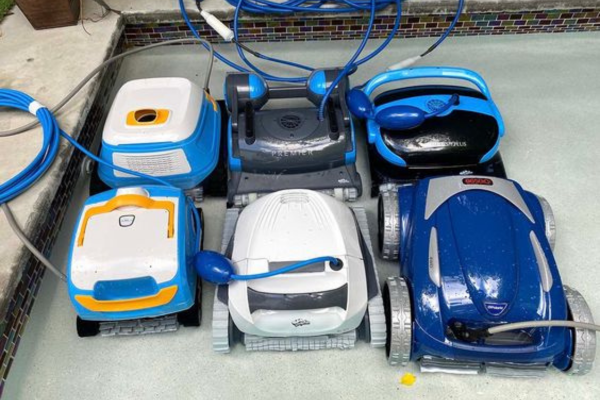
Robotic pool cleaners are equipped with various features designed to enhance their cleaning efficiency and compatibility with different pool types and surfaces.
Cleaning Patterns and Coverage
Types of Cleaning Patterns: These devices typically operate using predefined paths such as zigzag, spiral, or wall-following patterns. The choice of pattern helps ensure that every inch of the pool surface is covered, from the floor to the waterline.
Coverage Efficiency: Advanced models are equipped with intelligent navigation systems that adapt their routes based on real-time data collected about the pool’s shape and size. This adaptation helps prevent overlapping paths and missed spots, making cleaning more efficient. In my experience, these systems significantly enhance the thoroughness of the cleaning process.
Remote Control and Scheduling Options
Programmable Settings: Many cleaners feature programmable timers and cleaning cycles that can be customized according to specific needs. This allows for setting the cleaner to operate during off-peak hours or when the pool is not in use.
Remote Operation: Some models come with remote control capabilities, allowing adjustments to be made from a distance. This feature is particularly useful for making quick adjustments or directing the cleaner to specific areas that may need extra attention.
Compatibility with Different Pool Surfaces
Surface Materials: Most robotic cleaners are compatible with a variety of surface materials, including vinyl, fiberglass, and concrete. Each surface requires a different type of traction and brush stiffness to effectively remove debris without causing damage.
Adaptability: High-quality models are equipped with adjustable features that allow them to adapt to different textures and hardness, ensuring safe and effective cleaning. For instance, my cleaner adjusts its brush speed and suction power depending on whether it is cleaning a soft vinyl liner or a rough concrete surface.
Choosing the Right Robotic Pool Cleaner for Your Inground Pool

Selecting an appropriate robotic pool cleaner involves understanding several crucial factors that can influence its performance and suitability for your specific pool environment.
How to Choose the Right Robotic Pool Cleaner for Your Inground Pool
Pool Size and Shape: The dimensions and shape of your pool dictate the type of cleaner you need. Larger pools may require cleaners with greater coverage capabilities and longer power cords. Complex shapes might need cleaners with advanced navigation systems to ensure complete coverage without missing spots.
Specific Cleaning Needs: Consider the typical debris your pool collects. If your pool is prone to large debris like leaves or acorns, look for a cleaner with a larger intake and a more robust filtration system. In my experience, ensuring the cleaner matches the debris type has significantly improved cleaning effectiveness.
Review Cleaning Performance and Features
Efficiency: Evaluate how effectively each model cleans within a given timeframe. Some models feature enhanced cleaning patterns that reduce the time required to clean the entire pool.
Technological Advancements: Consider innovations such as app integration for remote control, programmable timers, and self-docking capabilities. These features can greatly enhance convenience and the user experience. Having used a model with advanced navigation, I can attest to its ability to efficiently clean without supervision.
Assess Ease of Maintenance and Durability
Ease of Maintenance: Look for models that are easy to clean and have readily available replacement parts. Cleaners with top-access filter canisters, for example, are typically easier to maintain. Personally, I find these models require less effort to maintain optimal conditions.
Durability and Warranty: The build quality can impact the cleaner’s lifespan. Choose models made with high-quality materials that can withstand the chemical and physical stresses of pool environments. Additionally, a good warranty can serve as a proxy for the manufacturer’s confidence in their product. My cleaner’s long-term warranty has provided peace of mind regarding its reliability and durability.
Purchasing and Service Options for Robotic Pool Cleaners in Helsinki
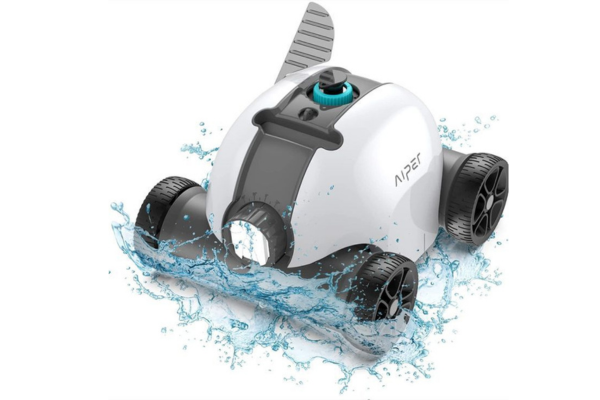
For residents of Helsinki seeking to purchase and maintain a robotic pool cleaner, there are several reputable sources and useful resources to consider.
Where Can You Find Top-Rated Robotic Pool Cleaners in Helsinki?
Local Pool Service Companies: Companies such as Allas Sea Pool and Helsinki Pool Services offer a range of pool maintenance equipment, including advanced robotic cleaners. Visiting these local businesses allows for first-hand assessment and advice tailored to your specific pool needs.
Online Retailers: Platforms like Verkkokauppa.com and Gigantti offer a variety of robotic pool cleaners. These websites provide extensive product descriptions, comparison options, and customer reviews, which can aid in making an informed choice.
Customer Reviews and Ratings
Consumer Feedback: Reviews and ratings on products can provide insights into the performance and reliability of different models. Websites like Trustpilot and local forums specific to Helsinki residents can offer perspectives from real users.
Guide to Quality: Feedback often highlights aspects such as the longevity of the cleaner, effectiveness in different pool settings, and the quality of customer service provided. In my experience, prioritizing products with high ratings has resulted in satisfactory purchases that meet my expectations in terms of quality and performance.
Maintenance and Troubleshooting Guides
User Manuals: Typically, the most comprehensive guide for maintaining and troubleshooting a robotic pool cleaner can be found in its user manual, which details routine care, cleaning, and minor repair instructions.
Online Resources: Manufacturer websites often provide downloadable maintenance guides and troubleshooting tips. Additionally, forums and YouTube channels dedicated to pool maintenance can be excellent resources for practical advice and step-by-step tutorials. From personal experience, following manufacturer-recommended guidelines and seeking advice from online communities has helped me effectively maintain and troubleshoot my devices.
Advancements and Expert Recommendations for Robotic Pool Cleaners
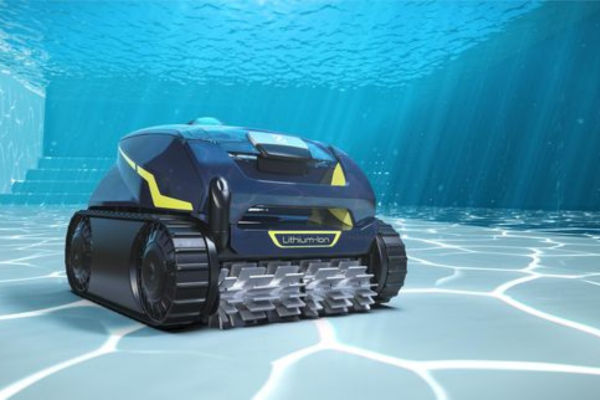
Advances in Robotic Pool Cleaner Technology
Artificial Intelligence and Machine Learning: Modern cleaners use AI to optimize cleaning paths and adapt to different shapes and sizes of pools more effectively. This technology reduces cleaning time and ensures no areas are missed.
Automated Dirt Detection: Some advanced models come equipped with sensors that detect the level of dirt in different areas, allowing them to focus on dirtier parts of the pool, which enhances cleaning efficiency.
Energy Efficiency: New models are designed to consume less power while maintaining high performance. This not only lowers energy costs but also reduces the environmental impact of pool maintenance.
Industry Experts’ Recommendations
Professionals in the pool maintenance industry often recommend certain models and brands based on performance and reliability.
Expert Opinions: Pool maintenance professionals typically suggest opting for models that combine efficiency with durability. Recommendations often emphasize ease of use and minimal maintenance requirements.
Trusted Reviews: Industry publications and online review platforms provide insights and comparative analyses that help potential buyers choose the best option for their specific needs. From my experience, these expert reviews are invaluable for understanding the long-term benefits and potential drawbacks of different models.
Top Brands and Manufacturers of Robotic Pool Cleaners
Several brands stand out in the market due to their innovation and customer satisfaction.
Maytronics Dolphin: Known for its range of highly efficient and user-friendly models, Dolphin is often praised for its superior cleaning performance and robust design.
Aquabot: This brand is renowned for its durability and high-quality filtration capabilities, making it a popular choice among pool owners.
Hayward: Hayward offers a variety of cleaners known for their energy efficiency and advanced features, such as smartphone integration for remote management.
Choosing the right robotic pool cleaner involves considering the latest technological advancements, seeking recommendations from industry experts, and selecting from top brands that align with specific pool needs and personal preferences. The benefits of investing in a robotic pool cleaner include not only improved cleanliness and reduced maintenance efforts but also energy savings and enhanced pool enjoyment. To maximize the value and effectiveness of this investment, pool owners should focus on models known for their reliability and advanced features, ensuring a long-lasting and satisfactory addition to their pool maintenance routine.

Meet David Thomas, a seasoned professional with nearly 8 years of experience specializing in inspecting and resolving issues related to swimming pools. With his expertise and meticulous attention to detail, David ensures the safety and functionality of pools, making them a refreshing oasis for all to enjoy. Whether it’s troubleshooting equipment or maintaining water quality, David’s proficiency guarantees top-notch solutions tailored to meet every pool owner’s needs.
